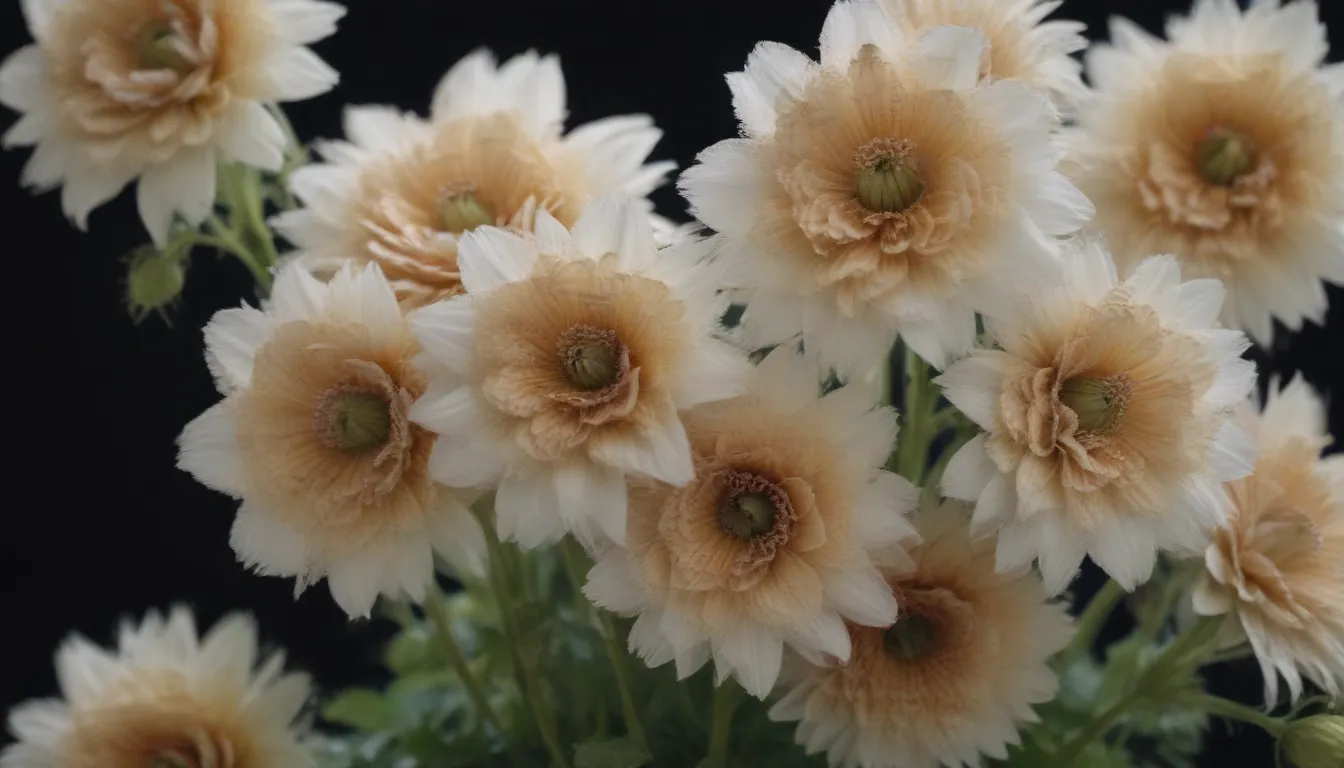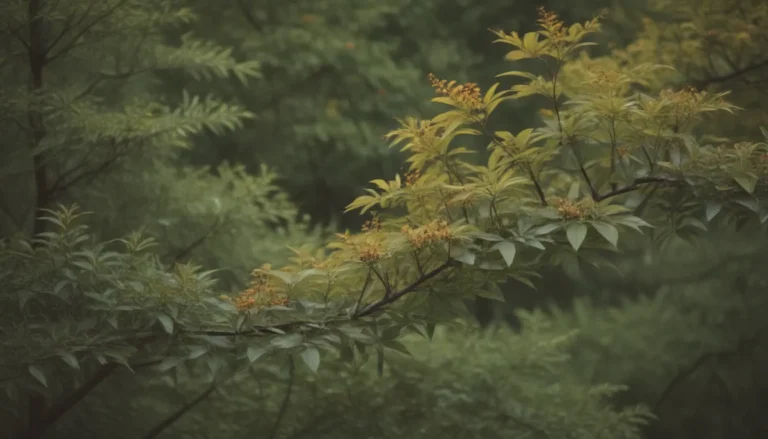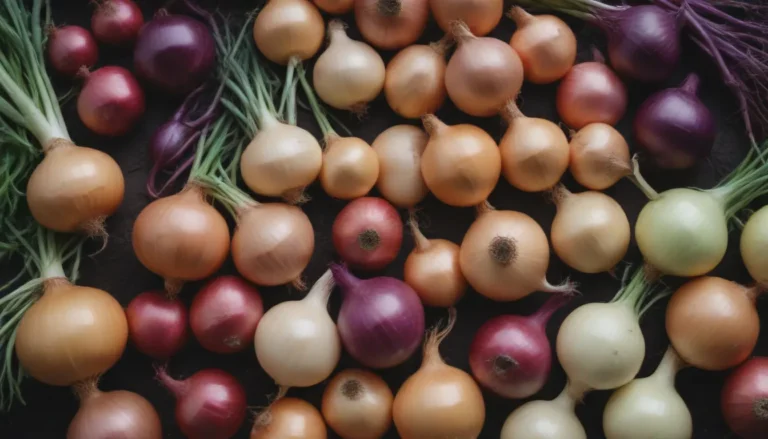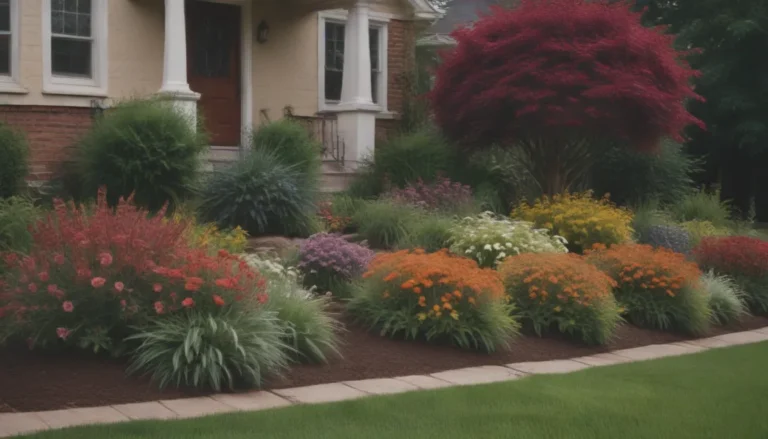The Ultimate Guide to Growing and Caring for Skeleton Flowers

Are you looking to add a unique and conversation-starting plant to your garden? Look no further than the skeleton flower. This woodland perennial is not only visually stunning but also fascinating in how it transforms its tiny white flowers into clear, glass-like petals when wet. In this comprehensive guide, we will walk you through everything you need to know about growing and caring for skeleton flowers to ensure they thrive in your garden.
Getting to Know the Skeleton Flower
Before we dive into the care tips, let’s get to know the skeleton flower a little better. The skeleton flower, scientifically known as Diphylleia, belongs to the same family as the mayapple and southern Pixie Umbrella. Its large umbrella-like leaves create an attractive ground cover in shady areas beneath trees. However, what truly sets this plant apart is its unique feature of turning its flowers transparent when wet, revealing intricate skeleton-like veining.
In addition to its stunning flowers, the skeleton flower develops clusters of bright blue berries in early autumn, adding a pop of color to your garden. This slow-growing species is typically planted in early spring or early fall and, once established, is a long-lived plant that can form small colonies over time.
Skeleton Flower Care Tips
Finding the Right Location
Growing skeleton flowers successfully starts with providing the right conditions for this unique plant. Here are essential care tips to keep your skeleton flower thriving:
-
Light: Skeleton flowers are sensitive to harsh sunlight and prefer shady locations, ideally in woodland areas. Morning sun is acceptable, but ensure they are fully protected from the hot midday and afternoon sun.
-
Soil: Opt for deep, rich soil with plenty of humus that is consistently moist yet well-drained. Sandy soil with organic material works best to mimic the plant’s native habitat. Mulching with compost or leaf mold annually can provide essential nutrients.
-
Water: Consistent moisture is key for skeleton flowers. During dry spells, water deeply and slowly, preferably using drip irrigation or soaker hoses.
-
Temperature and Humidity: Skeleton flowers thrive in a cool, temperate climate with humid air and are hardy in zones 4a to 9b. Protect plants in colder climates by covering crowns with organic mulch during winter.
-
Fertilizer: If natural organic matter is lacking, consider adding a complete fertilizer diluted to half strength in early spring to provide necessary nutrients.
Propagating and Repotting
-
Propagating: Divide the thick underground rhizomes every few years to rejuvenate overgrown root clumps and establish new colonies.
-
From Seed: Growing skeleton flowers from seed can be unreliable but is sometimes necessary. Cold stratify seeds in the refrigerator before planting them in trays filled with a seed-starting mix in late winter. Transplant seedlings into the garden after the danger of frost has passed.
-
Potting and Repotting: Gardeners in colder regions can grow skeleton flowers in pots using commercial potting soil amended with compost. Ensure good drainage and allow plants to go dormant indoors during winter before moving them outside in spring.
Overwintering and Ensuring Blooms
-
Overwintering: While skeleton flowers require little winter protection within their hardiness range, a thick layer of mulch can be beneficial in colder climates (zone 4).
-
Blooming: Be patient with skeleton flowers, as it can take up to three years for young plants to reach flowering maturity. Consistent moisture and adequate nutrients are essential for optimal flowering.
Exploring Similar Species
If you’re intrigued by the unique qualities of the skeleton flower, you may also appreciate other similar species:
-
Podophyllum cymosum (American umbrella leaf): Native to the southeastern United States and southern Appalachian mountains, this species makes an attractive groundcover in shady woodland areas.
-
Diphylleia sinensis: Hailing from China and Japan, this species is known for its shiny bronze foliage in the spring.
Final Thoughts
Skeleton flowers are not your ordinary garden plant. With their stunning transparent flowers and unique growth habits, they make a captivating addition to any garden. By following the care tips outlined in this guide, you can ensure that your skeleton flowers thrive and continue to be a conversation piece for years to come. Add a touch of intrigue to your garden with these remarkable woodland perennials!





